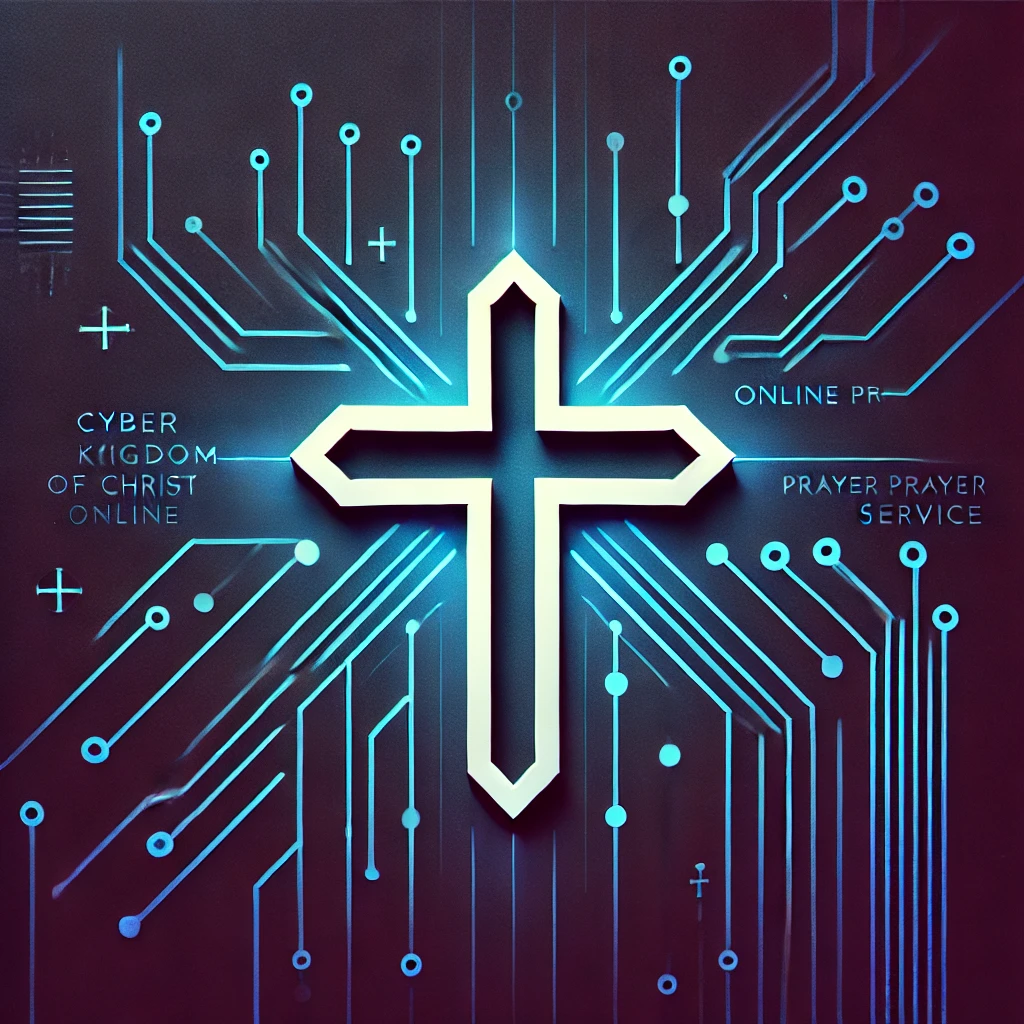
Discovering the Church of the Holy Sepulchre: The History Behind Christianity’s Holiest Site
For any student of theology or devout Christian, the Church of the Holy Sepulchre in Jerusalem holds unparalleled significance. This ancient church, standing in the heart of the Old City, is believed to enshrine both the site of Christ’s crucifixion, Golgotha, and His empty tomb, where He rose from the dead. Visiting this sacred place is an encounter with the very heart of Christian faith.
Who: The Key Figures Behind the Church’s Construction
The Church of the Holy Sepulchre was commissioned by Emperor Constantine the Great and his mother, St. Helena, in the 4th century. Helena, a devout Christian, made a pilgrimage to the Holy Land around 326 AD and was determined to find the true locations associated with Christ’s passion and resurrection. Tradition holds that she discovered the True Cross at this site, further solidifying its religious importance. Constantine, the first Roman emperor to convert to Christianity, ordered the construction of a grand basilica to honor these holy events.
What: A Church Built on Sacred Ground
The Church of the Holy Sepulchre encompasses two of Christianity’s most important sites: the rock of Golgotha, where Jesus was crucified, and the Aedicule, a small shrine built over the tomb where Jesus was buried and resurrected. The church itself is an architectural marvel, containing layers of history and devotion, with chapels representing the Catholic, Greek Orthodox, Armenian, and Coptic Christian traditions, among others. Despite its destruction and subsequent rebuilding over the centuries, the site remains a focal point for Christian pilgrims from all over the world.
Where: In the Heart of Jerusalem
The church stands in the Old City of Jerusalem, in a location that has been central to the city’s religious history for millennia. At the time of Christ, this area was just outside the city walls, fitting the Gospel descriptions of the place of crucifixion. Today, the church is surrounded by the ancient streets of the Christian Quarter, a testimony to Jerusalem’s complex and multi-faith history.
When: Built in the 4th Century AD
Construction of the original church began in 326 AD and was completed by 335 AD. It came at a time when Christianity was emerging from centuries of persecution. Emperor Constantine, having embraced the faith, saw the building of the church as a way to solidify Christianity’s place in the Roman Empire, which had recently legalized the religion through the Edict of Milan in 313 AD.
Why: To Memorialize Christ’s Death and Resurrection
The Church of the Holy Sepulchre was built to enshrine the most sacred moments of the Christian story: the crucifixion and resurrection of Jesus. The discovery of these sites by St. Helena gave Christians a tangible connection to their faith, and Constantine sought to create a lasting monument to these events. The church became a focal point for Christian worship and pilgrimage, and its spiritual importance has never waned.
Today, the Church of the Holy Sepulchre stands as a reminder of the foundational events of Christianity and the devotion of those who sought to preserve its memory for future generations.
